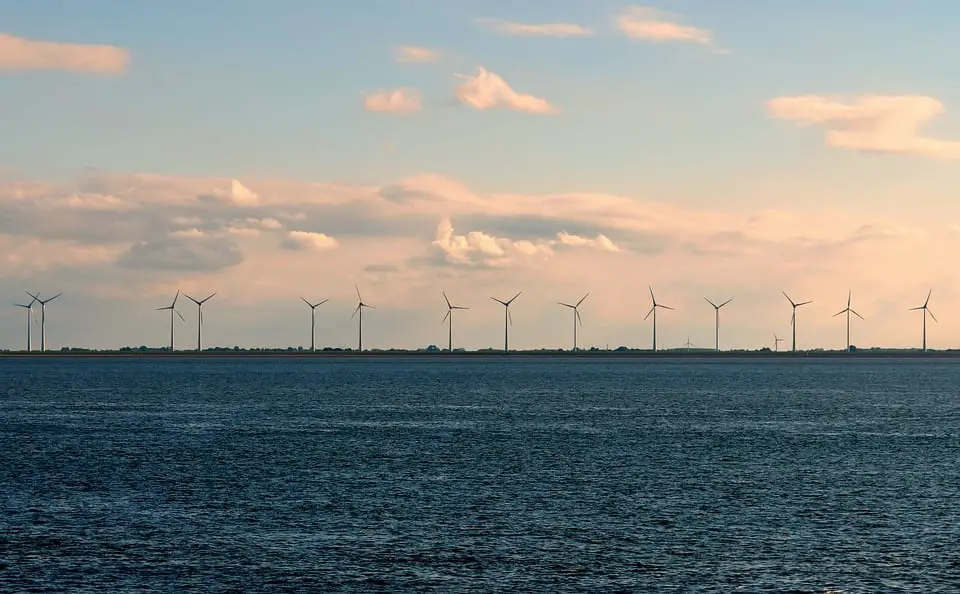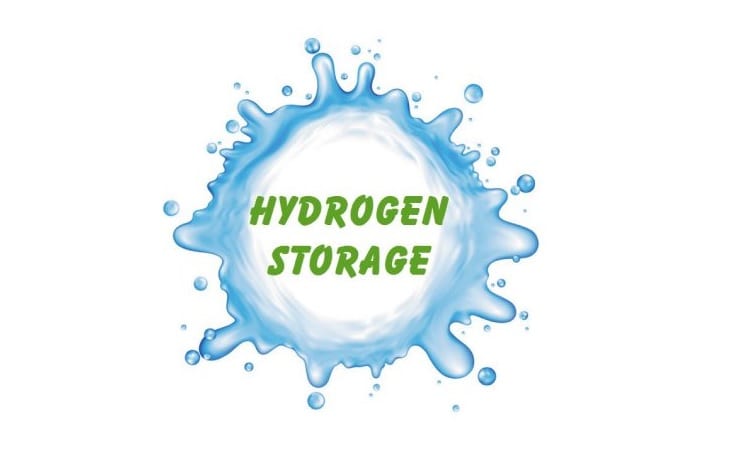
The past year has been a major success for offshore wind energy
January 4, 2017Energy Information Agency reports that the offshore wind energy market is poised for further expansion
The Energy Information Agency has released a new report highlighting the strong growth that the clean energy sector saw in the United States in 2016. Notably, offshore wind energy has experienced a magnificent year of growth and support, particularly along the East Coast, where offshore projects have established a significant presence. The United States is home to a great deal of offshore wind potential, but the country only began seeking to tap into its offshore wind energy resources in earnest in 2016.
Report highlights the benefits of the first offshore wind farm to begin operation in the US
According to the report from the Energy Information Agency, the Block Island Wind Farm, the first offshore wind energy system to begin generating electricity in the United States, has completely replaced the diesel-based power systems that have been in use for years in Block Island, which is off the coast of Rhode Island. Those living on the island had long paid heavily for the electricity they consumer, with the Wall Street Journal reporting that in 1998, residents were among those paying the most for their electricity throughout the entire country. Now, these residents will be able to enjoy the benefits of falling energy rates due to the Block Island Wind Farm.
Offshore projects will continue facing challenges as they encounter hurdles from the federal government
The federal government has shown a strong interest on offshore wind energy and may play a major role in this growing market in the coming years. Typically, state borders extend only three nautical miles from the coast. After this point, sea territory becomes the responsibility of the federal government. In order to foster the growth of the offshore wind energy market, the federal government began offering leases for projects in 2013. Approximately 165,000 acres of sea territory off the coasts of Massachusetts and Rhode Island have been auctioned off, with many wind developers now conducting surveys on how best to build their offshore projects.
Offshore wind energy may secure major support from the private sector if the federal government loses interest in this sector
Offshore wind energy is a rapidly growing sector, but it still faces major challenges, the most significant of which may actually become more pronounced in the coming years. Offshore projects tend to be very expensive and represent logistical challenges that make their development very difficult. Moreover, the costs and potential environmental impact of offshore projects have made them somewhat unpopular with governments, particularly in the United States. Incoming President-elect Donald Trump has been quite outspoken with his distaste for wind power, going so far as to call wind turbines “monstrous” in terms of appearance. Whether the federal government will continue its support for wind power, both onshore and off, is currently uncertain, but the economic benefits of this form of clear power may secure strong support within the private sector.



 With over 15 years of reporting hydrogen news, we are your premier source for the latest updates and insights in hydrogen and renewable energy.
With over 15 years of reporting hydrogen news, we are your premier source for the latest updates and insights in hydrogen and renewable energy.